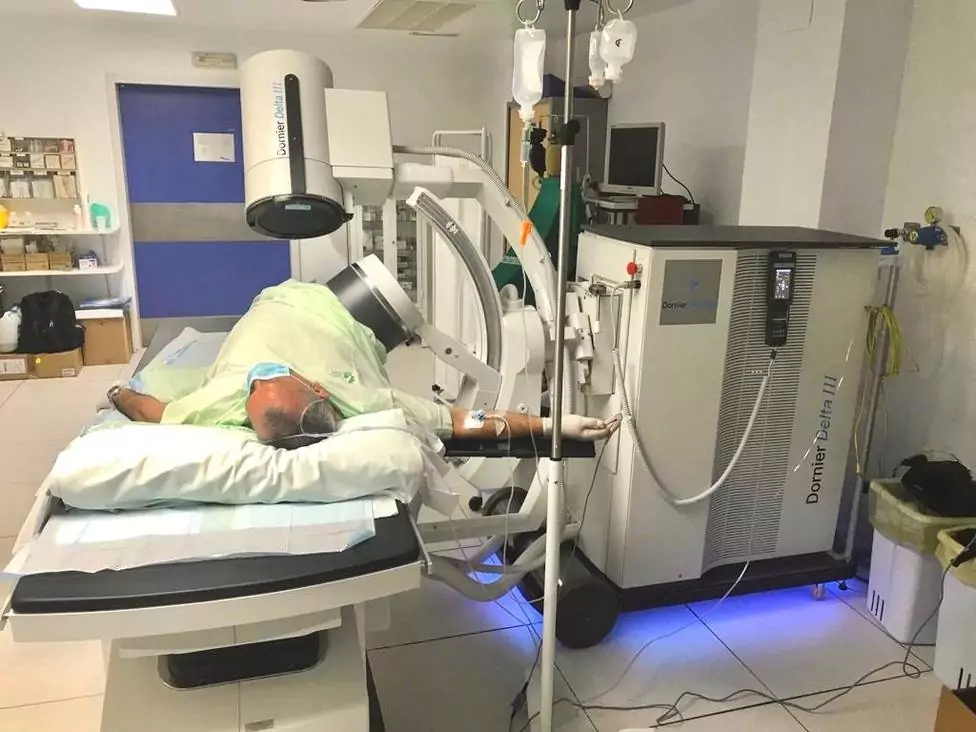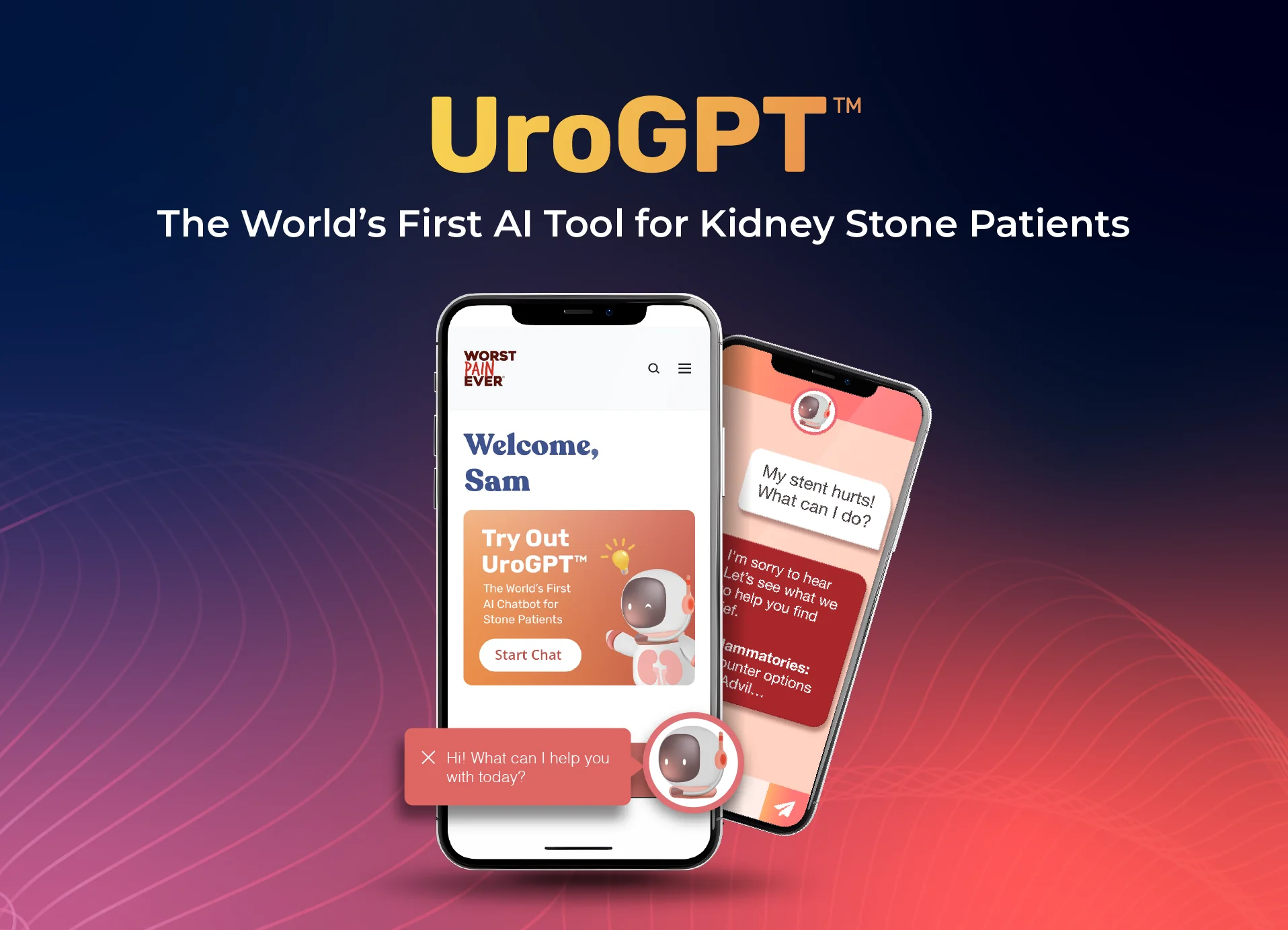NEWS
Merida health area installs new kidney stone treatment equipment

The health area of Merida installs a new lithotripsy in which more than 400,000 euros have been invested
Complejo Hospitalario de Mérida has renewed the equipment for extracorporeal lithotripsy, the only non-invasive method of treating urinary lithiasis, i.e. kidney stones. The new equipment is a compact workstation from Dornier, model Delta III, which integrates a more effective extracorporeal shock wave system and state-of-the-art imaging technology. The treatment table is more ergonomic for easy patient access and has a new central control unit.
The advantages of this new equipment include a wide range of movement of the treatment head that ensures, during the entire treatment time, a comfortable supine position of the patient without the need to change position according to the location of the stone, which improves tolerance and decreases treatment time. It adds a more secure optical monitoring system of the therapy head coupling, which makes it easier to reduce the energy and number of shock waves, thus reducing the possibility of complications.
It also increases lithium fragmentation capacity and incorporates an electromagnetic shock wave emitter with a greater depth of penetration, which also allows for the treatment of overweight patients for whom the previous equipment was not efficient.
Extracorporeal lithotripsy is a procedure with a low complication rate that can be performed without anesthesia on an outpatient basis and that, with a good indication and adequate performance, achieves a high rate of therapeutic success. Furthermore, due to its “extracorporeal”, non-invasive nature, it is one of the options preferred by patients.
The Extracorporeal Lithotripsy Unit of the Merida Hospital started its activity in April 2005, as a Regional Reference Unit. Throughout these 15 years, more than 9,000 treatments have been carried out on more than 6,000 patients, in addition to the corresponding consultations, ultrasound scans and endourological support manoeuvres such as the placement or removal of ureteral catheters, nephrostomies or laser treatments of lithium fragments or calcified catheters.
In recent decades, the prevalence of urinary lithiasic disease has increased significantly in surrounding countries due to diet and lifestyle factors. This prevalence is above 10 percent in many of these countries and has increased in some of them by more than 30 percent in the last 20 years.

